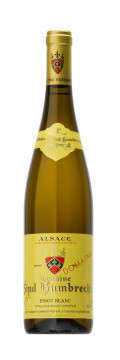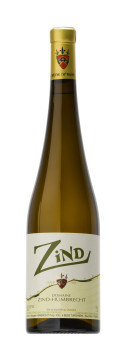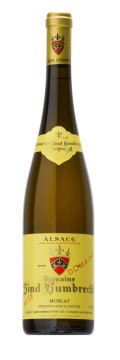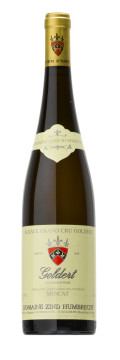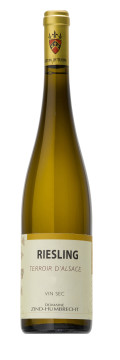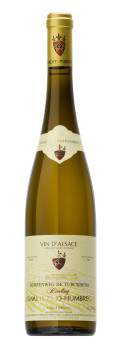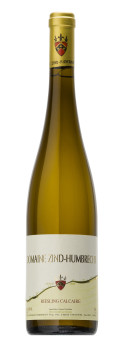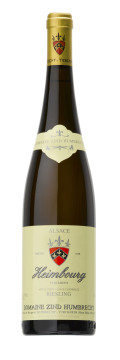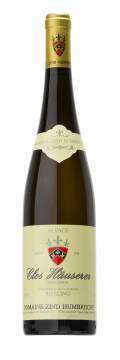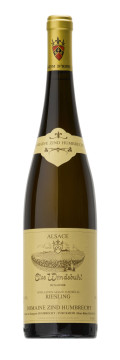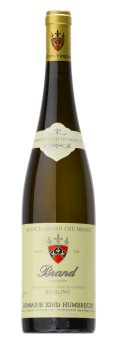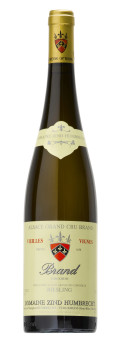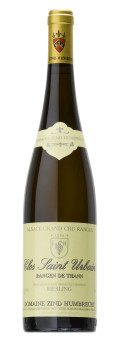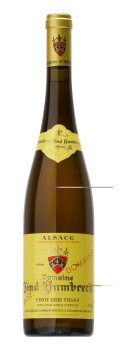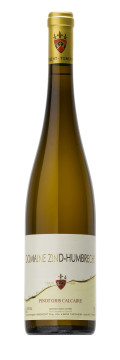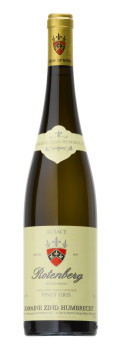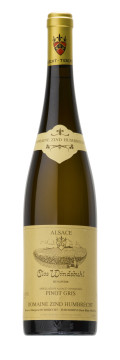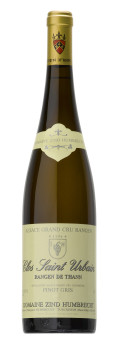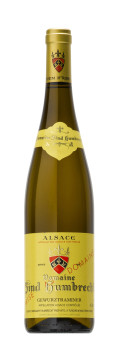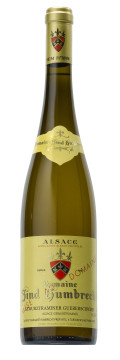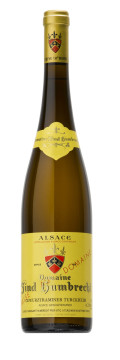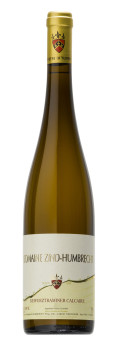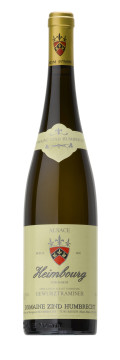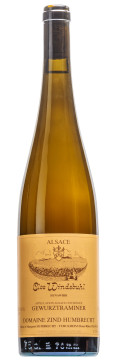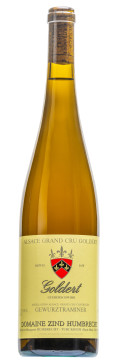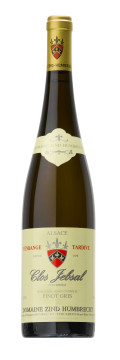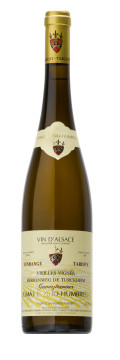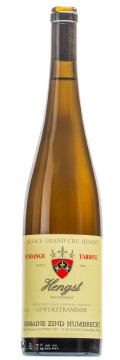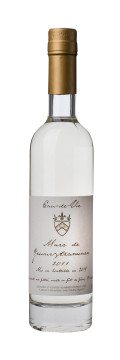Vintage 2011
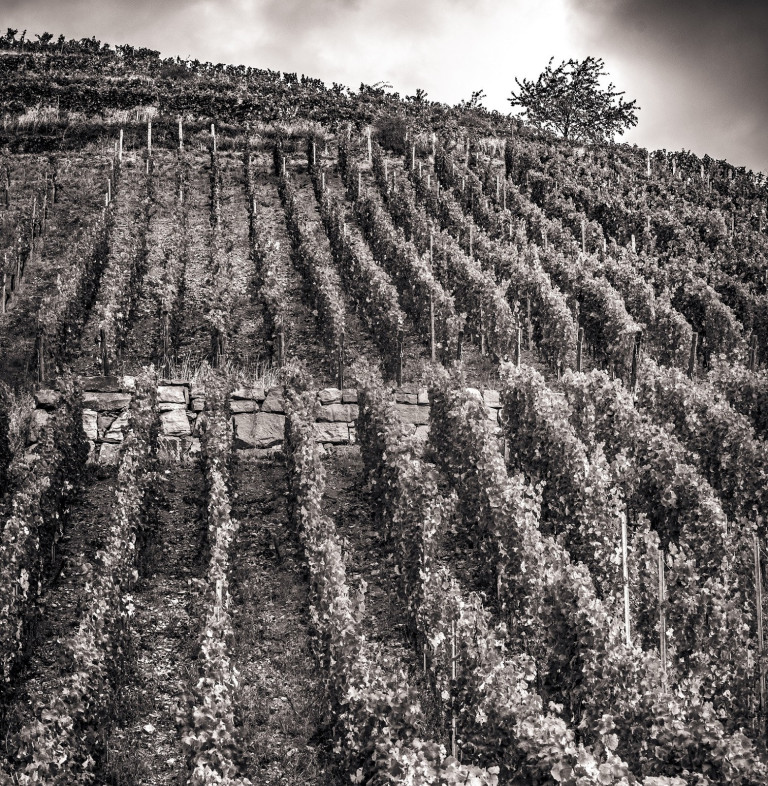
Description of the vintage
In keeping with the trend of all recent vintages, we can witness that nature is more and more precocious, and 2011 has really beaten any previous record.
Winter 2010/2011 was one of the driest of recent years and the period March to May 2011 was extremely warm and dry. It wasn’t a surprise to see many vineyards bud break at the end of March, almost a month earlier than a classic vintage.
June to August saw the return of normal amount of rainfalls. This was very important to us as there wasn’t much water reserve in the soils at the end of winter. Throughout the year, from October 2010 to the end of the harvest 2011, we recorded the following average rainfall: Thann (627mm), Turckheim (482mm) and Hunawihr (608mm). These figures are slightly below average, but 2011 isn’t considered as a drought year as it was the winter that was very dry and summer saw the return of more rain. September and October were again very dry, allowing for perfect harvest conditions.
Flowering started early the 20th May, provoked by record breaking temperatures during this period (37°C in Colmar!), so most vineyard were finished before June, at the exception of Rangen and Windsbuhl. The flowering was quick, and as expected after the small 2010 crop, the fertility of the vines was high, forecasting a large potential crop.
During summer, the grapes ripened quickly, despite a rainy and cold August. It allowed the vines to slow down and helped to keep decent acidities and normal pH levels. Harvest started September 5th for the Pinot grapes and the 12th for all other varieties. Harvest finished October 4th, but most vineyards were picked in September. This is one of the earliest harvests on the estate!
At the exception of some risk of rot at the beginning of the harvest (5th September), 2011 was a very easy vintage with ideal harvest weather. Just like in 2009 and 2007, it was really important to achieve early physiological ripeness in order to be able to pick up the grapes before sugar content was too high and acid would drop to low. This is something that can be helped by the use of some bio-dynamic preparations and also through a specific canopy management (no hedging for example and knitting the branches on top of the canopy). The nature of the vine is to grow branches, leaves and climb on whatever support it can find, which are all opposed to the ripening process. Proper physiological ripeness can only be correctly achieved if the vine is not growing anymore. Some practices on the vine will either increase the vine’s growth (summer pruning, green harvest…), some will help to stop it earlier (no hedging for example). Bio-dynamic preparations and some plant decoction can also be used to make the vine understand what we are looking for: properly ripen the grapes and stop growing like a ‘vine’! This may seem incomprehensible, but we can witness the effects and result of some preparations. Today we do harvest much earlier grapes that have better physiological ripeness.
2011 is a large crop in Alsace. We averaged 56hl/ha on the whole estate and 37hl/ha in the Grand Cru vineyard alone. 2011 is also the first vintage were Single Vineyard and Village wines had to be declared separately with reduced yields (68hl/ha for single vineyards and 72hl/ha for Village wines). Despite the yields that can still be considered high, many producers were not able to declare them as the actual production was higher!
The wines of 2011 show normal acidity level, perhaps slightly higher than 2009 but definitely lower than the recent high vintages of 2010 or 2008. Fermentations were quite fast for the varietal wines but do take a long time for the single vineyards or Grand Cru wines. All grape varieties show an interesting potential. 2011 should be considered as a good to very good vintage.
The wines of 2011 are characterized by a nice aromatic expression, quite delicate, despite the warm vintage. They all show an incredible resistance to evolution once the bottle is opened. Good acidity helps the wines to age because it will bring balance between the different elements of the wine. However, 2011 wines have great phenolic ripeness and tannins are excellent anti-oxidants helping the wines to age.
